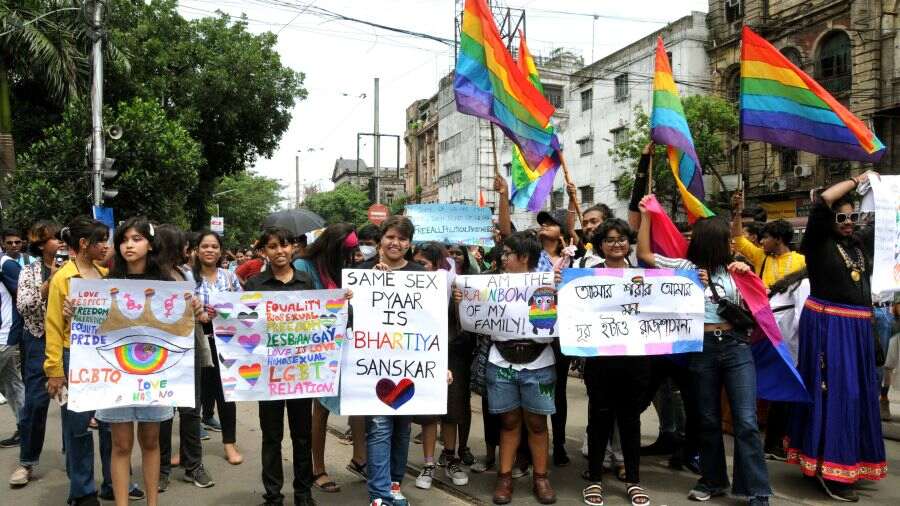The thirty days of June, a brilliant splash of colours paint streets, venues and virtual spaces to celebrate Pride Month. While you walk beside peers from the LGBTQ+ community as members or allies, there are multi-hued flags, attire and more that you can see. And each of these has a meaning and story behind it.
Here are five Pride flags that you might have spotted this month, and what they mean —
The Rainbow flag
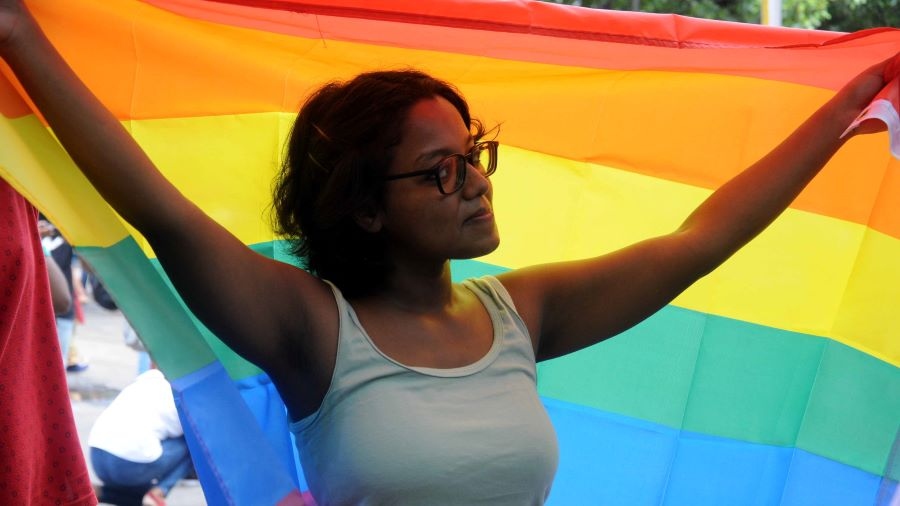
Ashim Paul
The original flag was designed in 1978 by the late Gilbert Baker, an American artist who was openly a gay man and drag queen. He saw the rainbow as a natural flag. Baker said he had been urged by the LGBTQ icon and politician Harvey Milk to create a symbol for the community.
The original flag had hot pink for sex, red for life, orange for healing, yellow for sunlight, green for nature, turquoise for art, indigo for harmony and violet for spirit. Reportedly, it became difficult to find pink and turquoise colours in fabric to make the flags, and the next two iterations in 1978 and 1979 lost those two stripes. The iteration we see today made its debut in 1979 and is one of the most recognised symbols of the community.
The Progress Pride flag
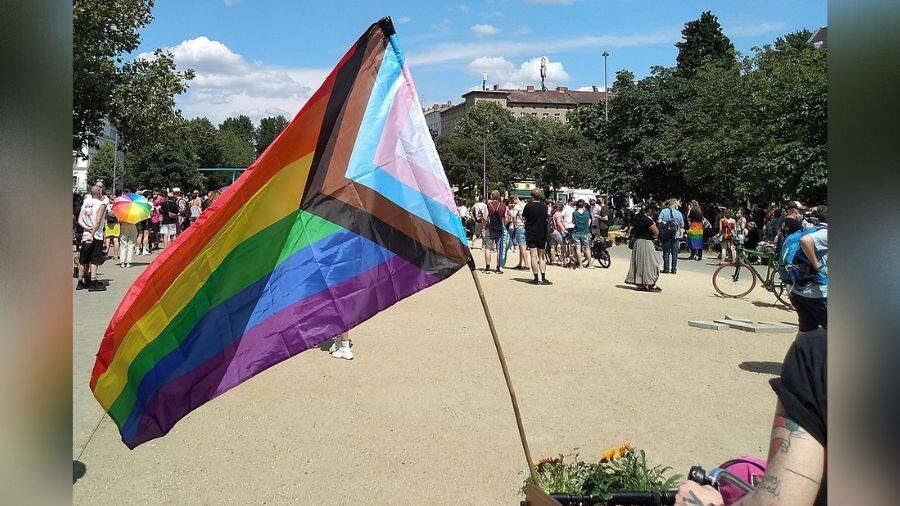
Wikimedia Commons
In 2017, a Philadelphia-based agency designed what would be known as the Philadelphia Pride flag, adding a brown and a black stripe to the LGBTQ rainbow flag to represent queer people of colour. A year later, Oregon-based designer Daniel Quasar introduced a revised, more inclusive version. The chevron design includes the colours of the Trans Pride flag along with the brown and black stripes for people of colour. The black stripe has another meaning — it honours those lost to HIV/AIDS and highlights the stigma still surrounding those living with HIV.
In a 2018 online post for raising money for the flag, Quasar said they wanted to see if “there could be more emphasis in the design of the flag to give it more meaning.”
The Bisexual Pride flag
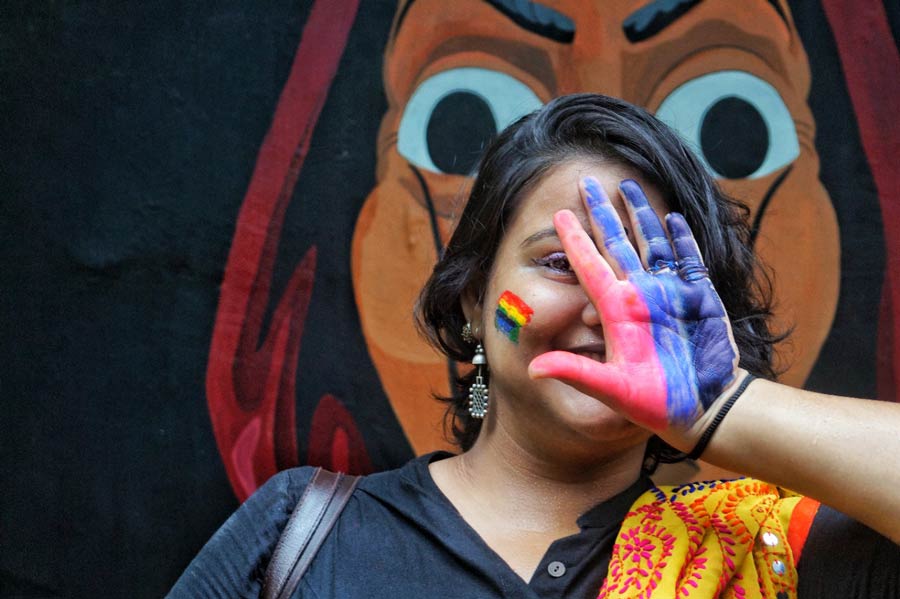
Soumyajit Dey
The design of the pink, purple, blue Bisexual Pride flag that debuted in 1998 is credited to the American LGBTQ activist Michael Page to give more visibility to people identifying as bisexual within the queer community and in the world. Page is said to have taken cues from an existing bi-symbol — the Biangles, created for the Boston Bi Woman's Community by the artist Liz Nania. It took the iconic pink triangle, a long-standing LGBTQ symbol, and added lavender and blue.
When talking about the flag, Page said, “The pink colour represents sexual attraction to the same sex only (gay and lesbian). The blue represents sexual attraction to the opposite sex only (straight) and the resultant overlap colour purple represents sexual attraction to both sexes (bi).”
The Trans Pride flag
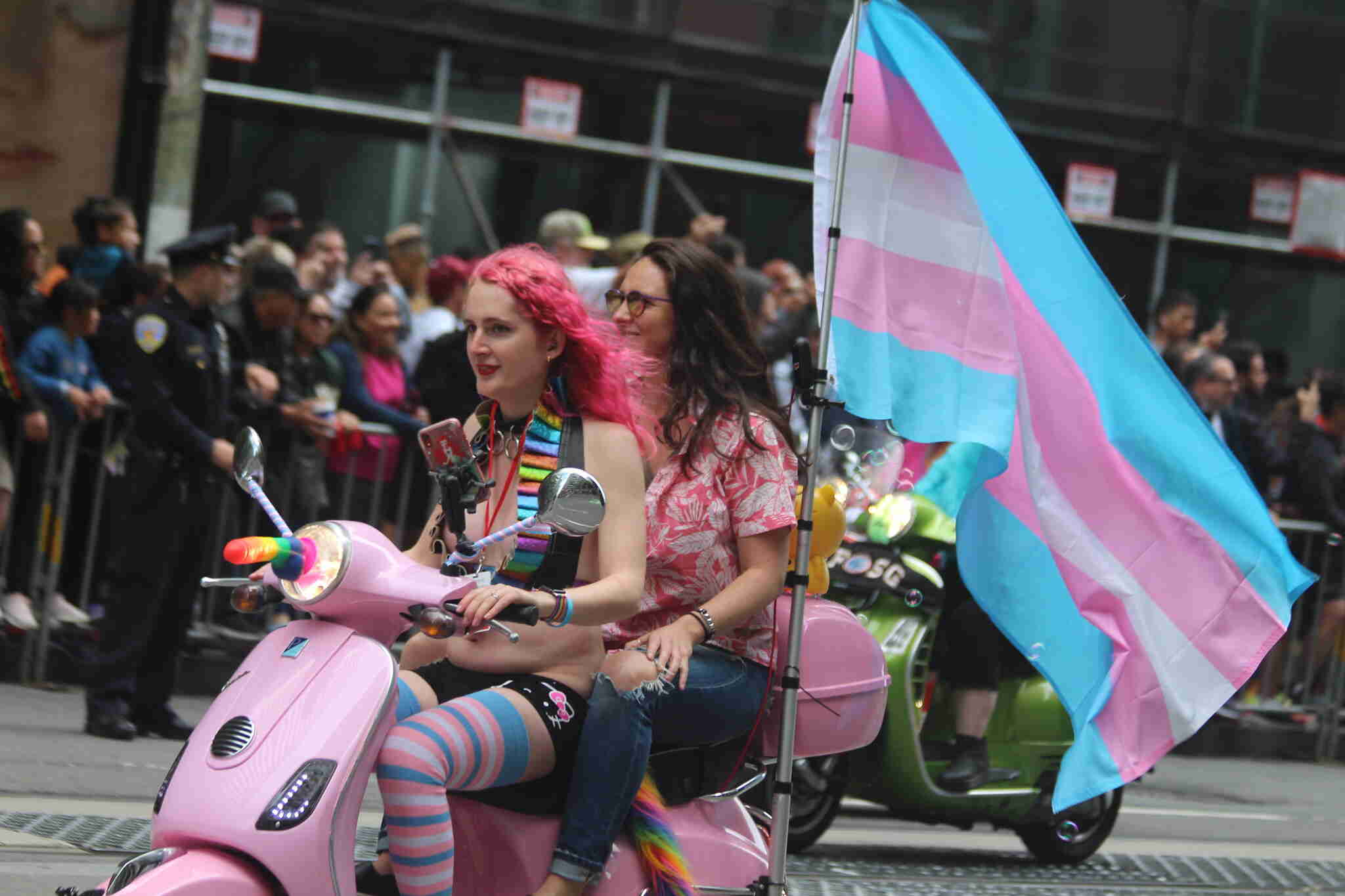
Quinn Dombrowski/ Flickr
The Trans Pride flag made its debut in 2000 at the Pride in Phoenix in the US. It was created a year before by the transgender Navy veteran Monica Helms. She said in interviews that she had originally designed the flag just for herself, but then people saw it at the parade at Phoenix and became interested in the design and from there it took off.
Explaining the colours, Helms said that the pink and blue in the flag are for the traditional colours often chosen for baby girls and boys, while the white stands for those who are transitioning, gender-neutral, feel like they have no gender or those who are intersexed.
The Ally flag
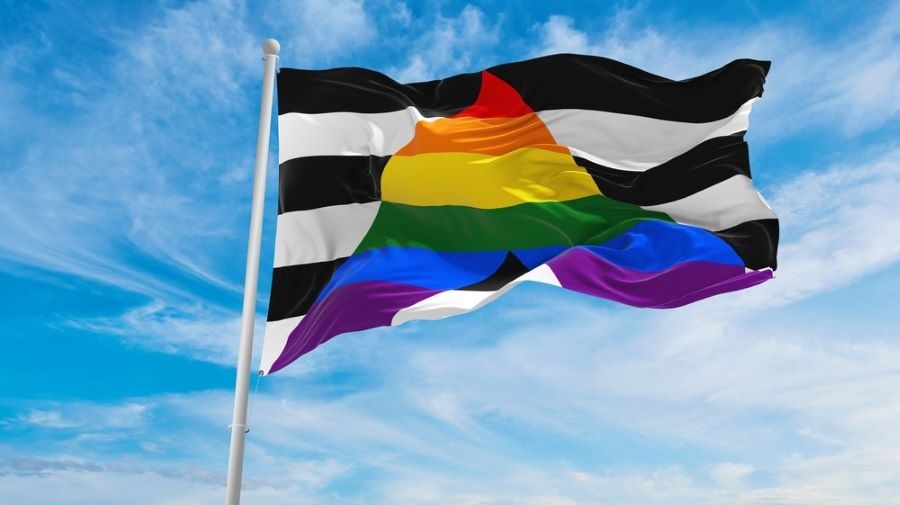
Shutterstock
The origin and exact timing of the flag is not known. It appeared sometime around the late 2000s and has been around since. The ‘A’ in the design of the flag stands for ally, also often referred to as a straight ally, Pride ally or LGBT ally, who is a cis/hetero individual supporting LGBTQ rights. The flag’s black and white bars represent the cis/hetero allies, while the ‘A’ has colours of the rainbow for the queer community. The rainbow is not the only colour seen in the design of these flags, and versions include colours from other Pride flags.
This list is not exhaustive and includes only a few of the many flags and symbols of the LGBTQIA+ community
